Lot details School of Ogawa Haritsu (Ritsuo, 1663-1747), unsigned Japan, 18th-19th century, Edo period (1615-1868) Of rounded rectangular form with an overhanging cover. The exterior bearing a lustrous roiro ground, the cover superbly decorated with inlays of shell and lacquer to depict an elephant standing foursquare above a hoe, the animal well detailed with wrinkly skin, narrowed eyes, gently curved tusks, and sinuous tail and trunk. The interior of the cover similarly decorated and with further inlays of glazed ceramic to depict a circular fan behind a Chinese campaign curtain on a halberd. The interior of the box fitted with a nine-section ita (board) and removable tray cut with recesses for the rectangular inkstone (suzuri) and circular brass suiteki (waterdropper). The interior edges of gold fundame. SIZE 4.5 x 23 x 25 cm Condition: Very good condition with minor wear, few small nicks, light surface scratches, few tiny losses to inlays. Provenance: The Paul and Helen Anbinder Collection. Paul Anbinder (b. 1940) is a retired editor who was a director at important publishers including Random House and Hudson Hills. Helen Anbinder (1942-2022) was an education administrator who ran the Inter-village Continuing Education Program for Ardsley, Dobbs Ferry, Hastings, and Irvington, New York. The couple were avid museumgoers and collectors of art. They donated many books and prints from their collection to their alma mater Cornell University and the Herbert F. Johnson Museum of Art. With a wood storage box (tomobako). The elephant and hoe depicted on the present suzuribako allude to the story of Shun the Great (Tai Shun), one of the Twenty-four Paragons of Filial Piety, and the last of the legendary Five Emperors of ancient China. Although terribly mistreated by his parents and half-brother, Shun’s filial piety was such that he never bore a grudge. In one legend, as he labored at farm work, his noble character attracted elephants and birds to come and help him. The Emperor Yao, hearing of his virtue, chose Shun to succeed him. The elephant frequently appeared as the main subject in works by Ogawa Haritsu (Ritsuo, 1663-1747) and his followers. Although the elephant was not native to Japan, it was nevertheless known from an early date through paintings and sculptures as part of Buddhist iconography. The first living elephant to reach Japan was brought by Koreans in 1408, and again in 1597 and 1724 by Europeans. This last occasion was well documented and included the symbolic gift of a white elephant from the king of Siam to the Japanese emperor Nakamikado (r. 1710-35). This event, as well as the supply of another animal by the Dutch in 1813, not only made a lasting impression on the Japanese, but also did much to raise the profile of the elephant in public consciousness, resulting in an outpouring of paintings, woodblock prints and book illustrations on the subject. Auction comparison: Compare a lacquer four-case inro by Ogawa Haritsu depicting an elephant at Bonhams, The Edward Wrangham Collection of Japanese Art Part I, 9 November 2010, London, lot 209 (sold for 22,800 GBP).
Lot details School of Ogawa Haritsu (Ritsuo, 1663-1747), unsigned Japan, 18th-19th century, Edo period (1615-1868) Of rounded rectangular form with an overhanging cover. The exterior bearing a lustrous roiro ground, the cover superbly decorated with inlays of shell and lacquer to depict an elephant standing foursquare above a hoe, the animal well detailed with wrinkly skin, narrowed eyes, gently curved tusks, and sinuous tail and trunk. The interior of the cover similarly decorated and with further inlays of glazed ceramic to depict a circular fan behind a Chinese campaign curtain on a halberd. The interior of the box fitted with a nine-section ita (board) and removable tray cut with recesses for the rectangular inkstone (suzuri) and circular brass suiteki (waterdropper). The interior edges of gold fundame. SIZE 4.5 x 23 x 25 cm Condition: Very good condition with minor wear, few small nicks, light surface scratches, few tiny losses to inlays. Provenance: The Paul and Helen Anbinder Collection. Paul Anbinder (b. 1940) is a retired editor who was a director at important publishers including Random House and Hudson Hills. Helen Anbinder (1942-2022) was an education administrator who ran the Inter-village Continuing Education Program for Ardsley, Dobbs Ferry, Hastings, and Irvington, New York. The couple were avid museumgoers and collectors of art. They donated many books and prints from their collection to their alma mater Cornell University and the Herbert F. Johnson Museum of Art. With a wood storage box (tomobako). The elephant and hoe depicted on the present suzuribako allude to the story of Shun the Great (Tai Shun), one of the Twenty-four Paragons of Filial Piety, and the last of the legendary Five Emperors of ancient China. Although terribly mistreated by his parents and half-brother, Shun’s filial piety was such that he never bore a grudge. In one legend, as he labored at farm work, his noble character attracted elephants and birds to come and help him. The Emperor Yao, hearing of his virtue, chose Shun to succeed him. The elephant frequently appeared as the main subject in works by Ogawa Haritsu (Ritsuo, 1663-1747) and his followers. Although the elephant was not native to Japan, it was nevertheless known from an early date through paintings and sculptures as part of Buddhist iconography. The first living elephant to reach Japan was brought by Koreans in 1408, and again in 1597 and 1724 by Europeans. This last occasion was well documented and included the symbolic gift of a white elephant from the king of Siam to the Japanese emperor Nakamikado (r. 1710-35). This event, as well as the supply of another animal by the Dutch in 1813, not only made a lasting impression on the Japanese, but also did much to raise the profile of the elephant in public consciousness, resulting in an outpouring of paintings, woodblock prints and book illustrations on the subject. Auction comparison: Compare a lacquer four-case inro by Ogawa Haritsu depicting an elephant at Bonhams, The Edward Wrangham Collection of Japanese Art Part I, 9 November 2010, London, lot 209 (sold for 22,800 GBP).
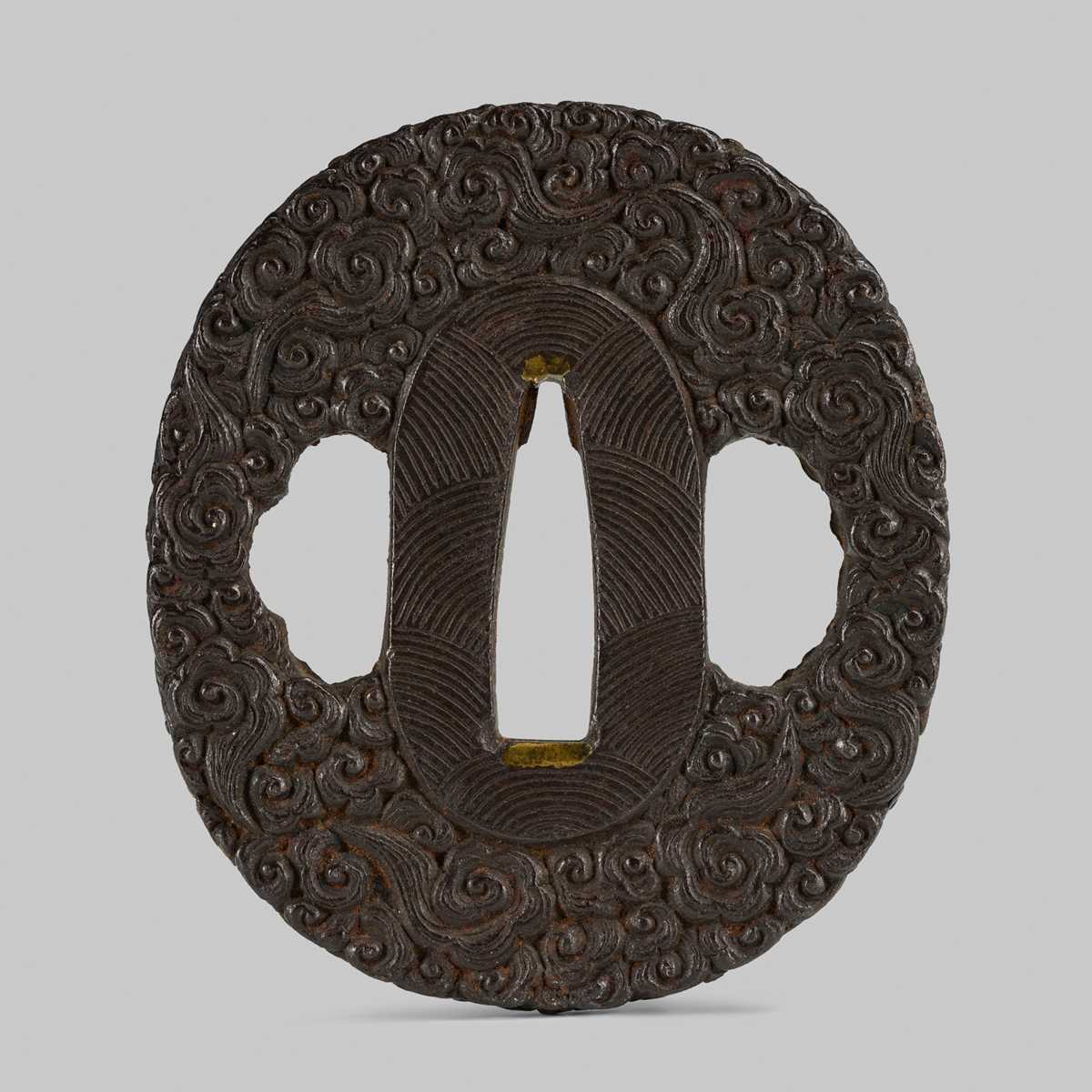
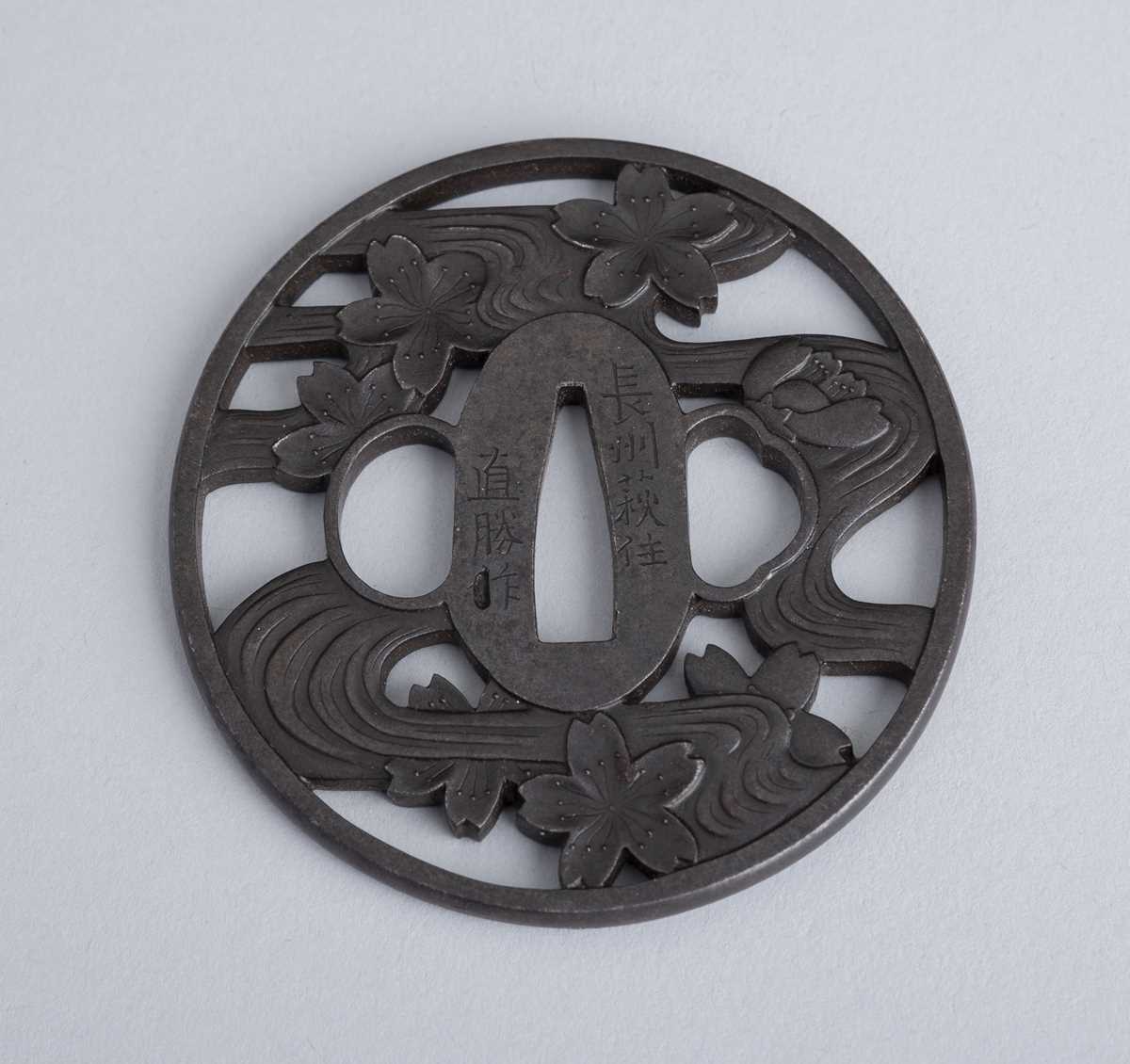
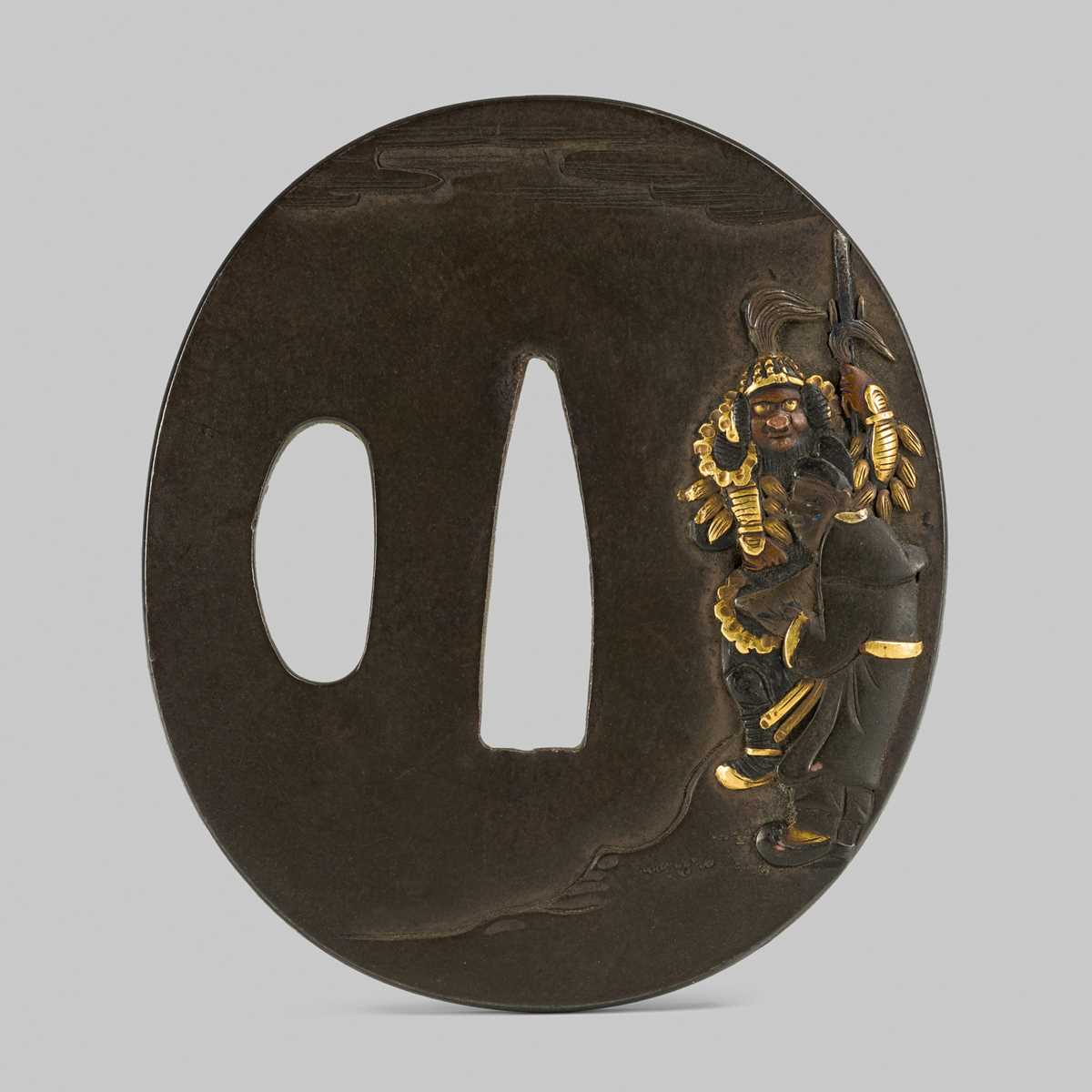
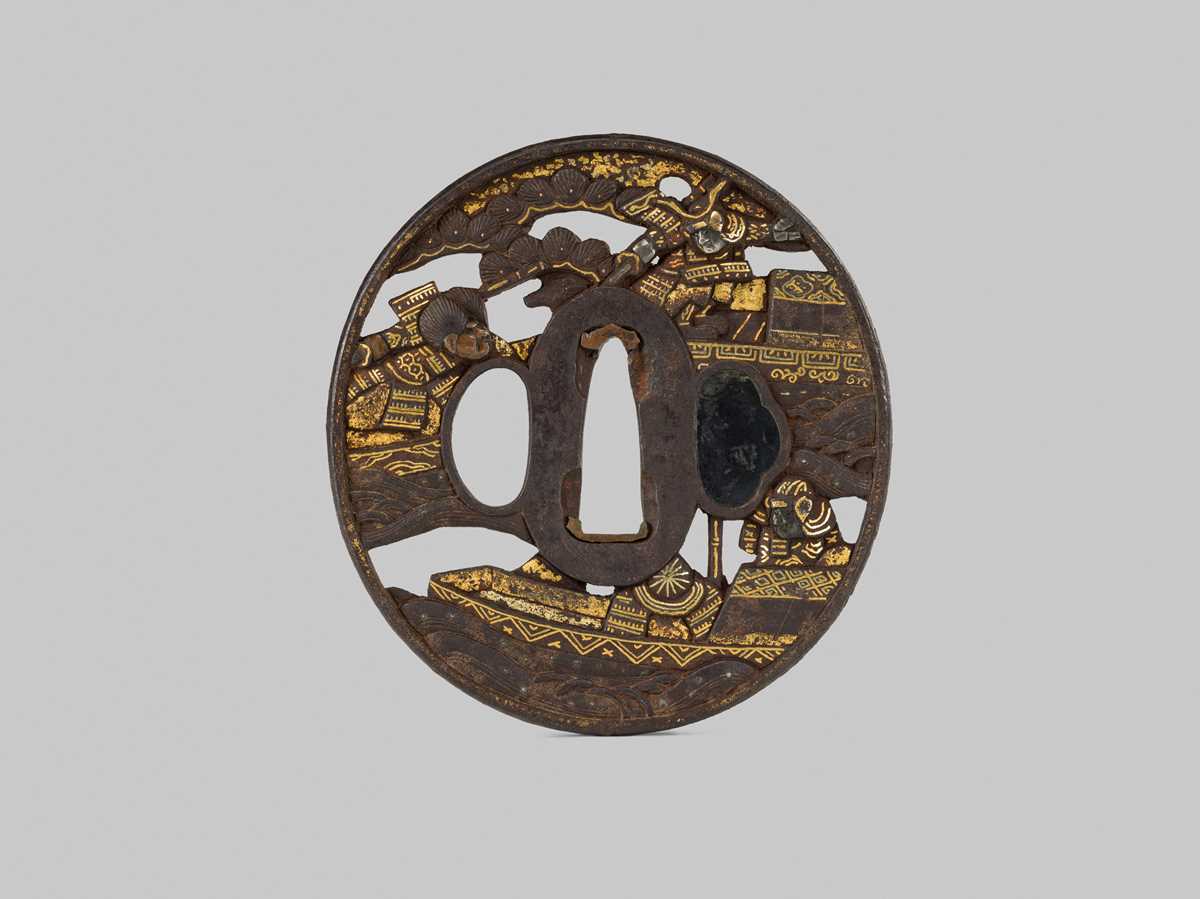
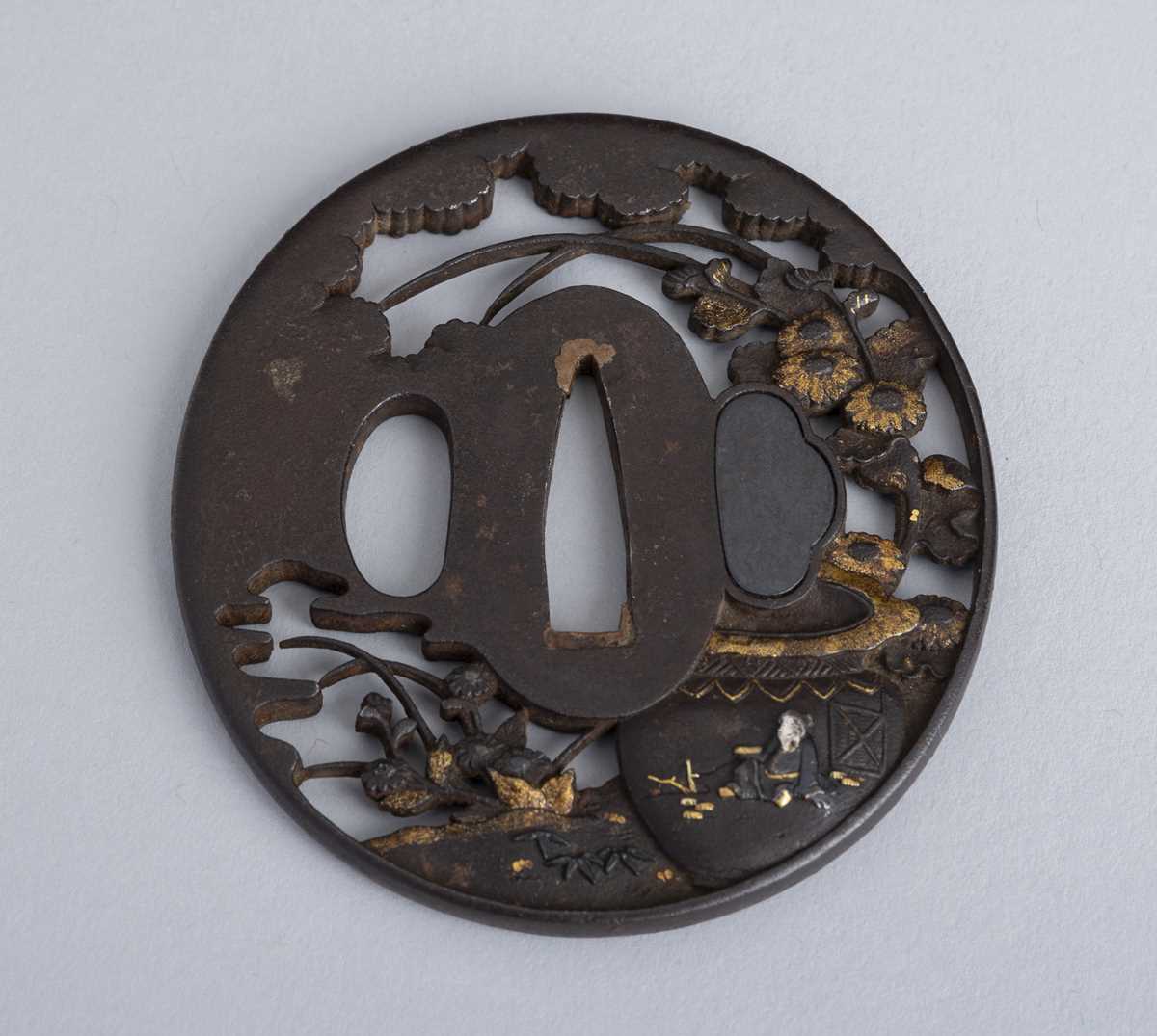
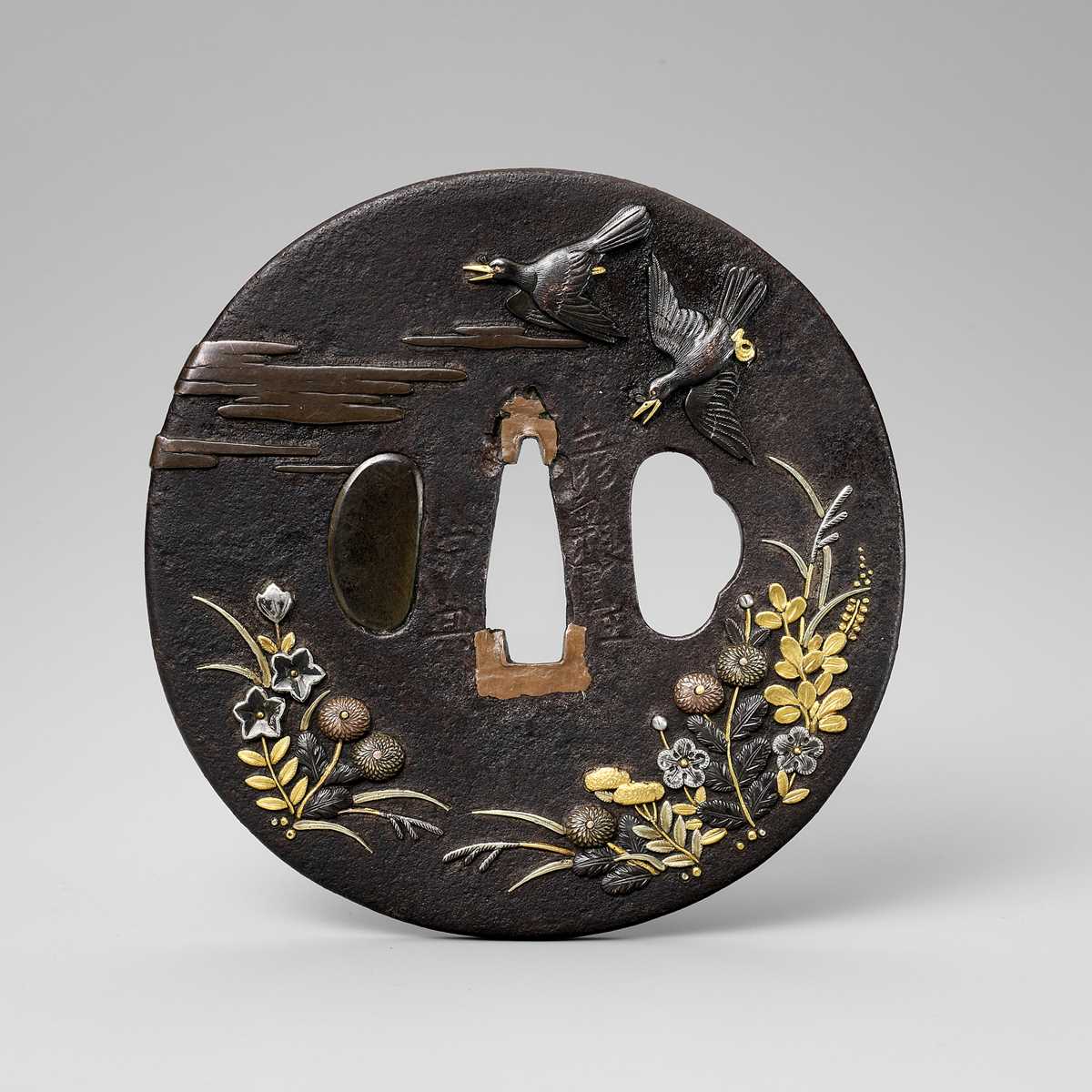
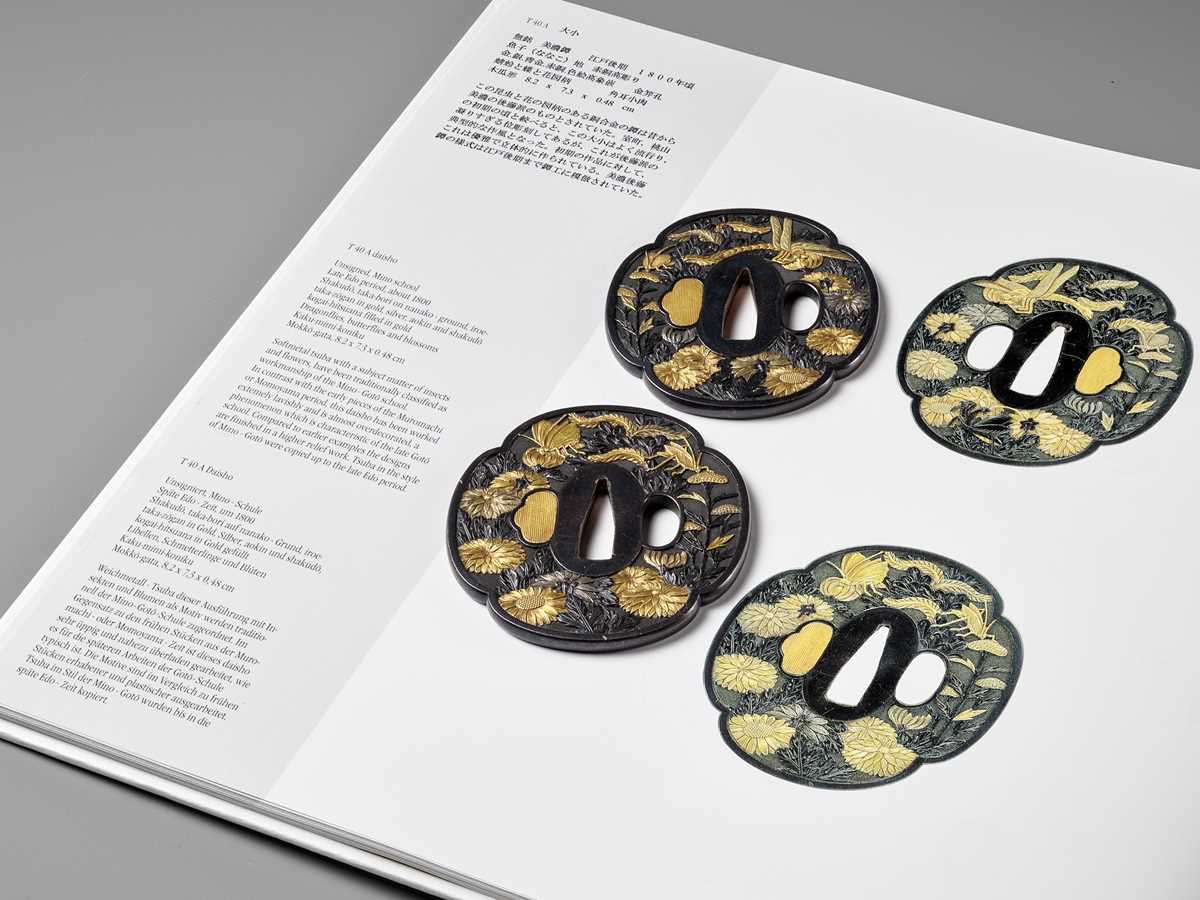
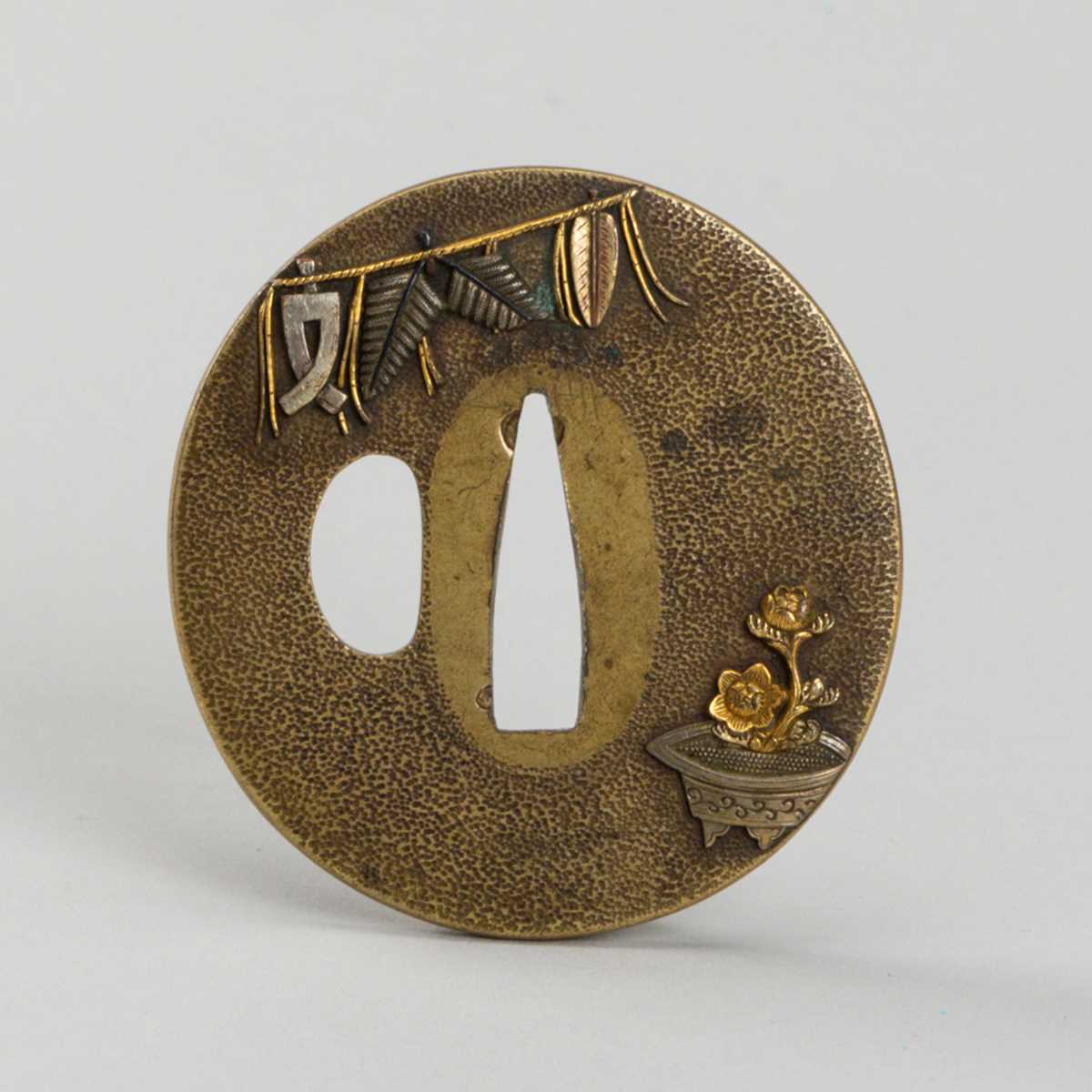
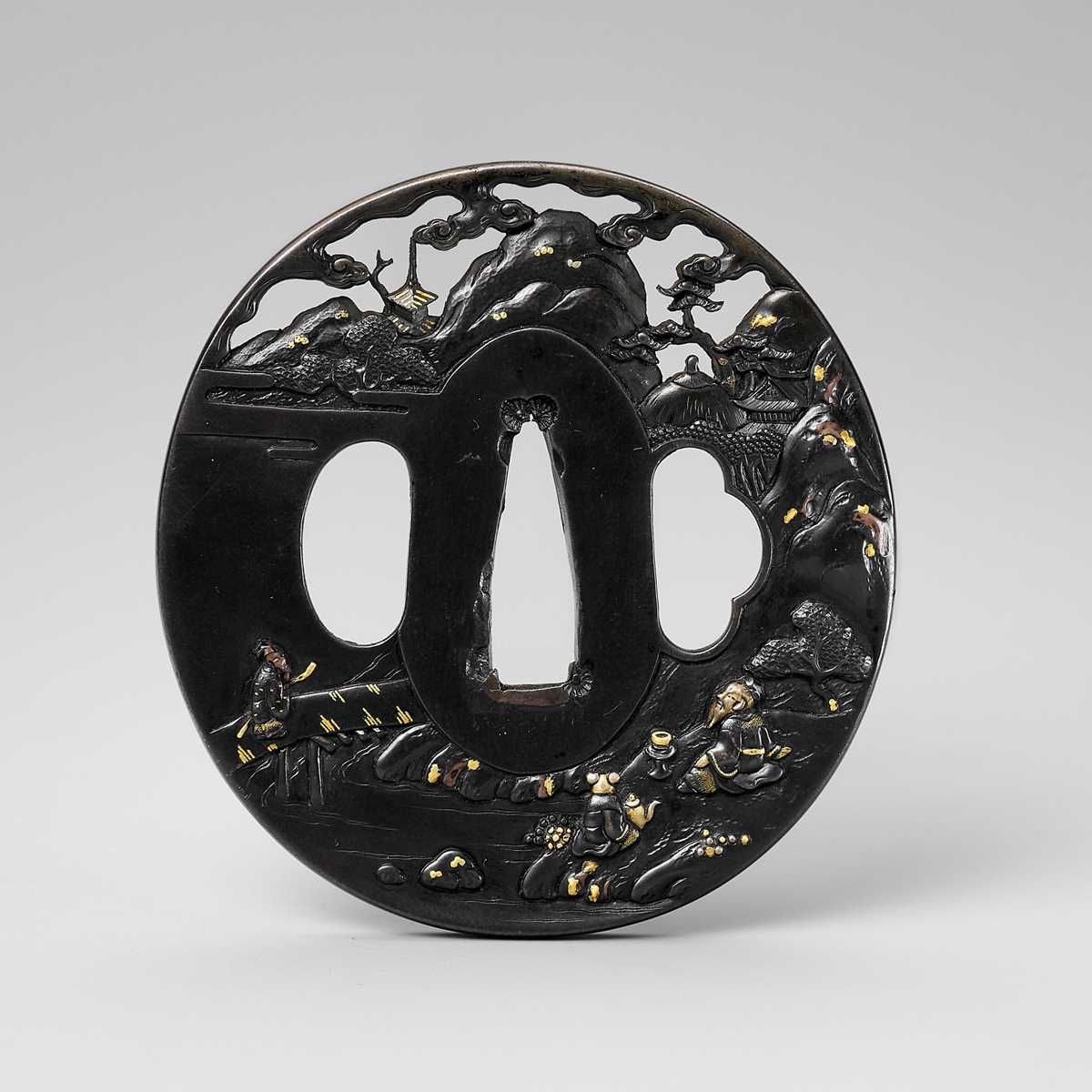
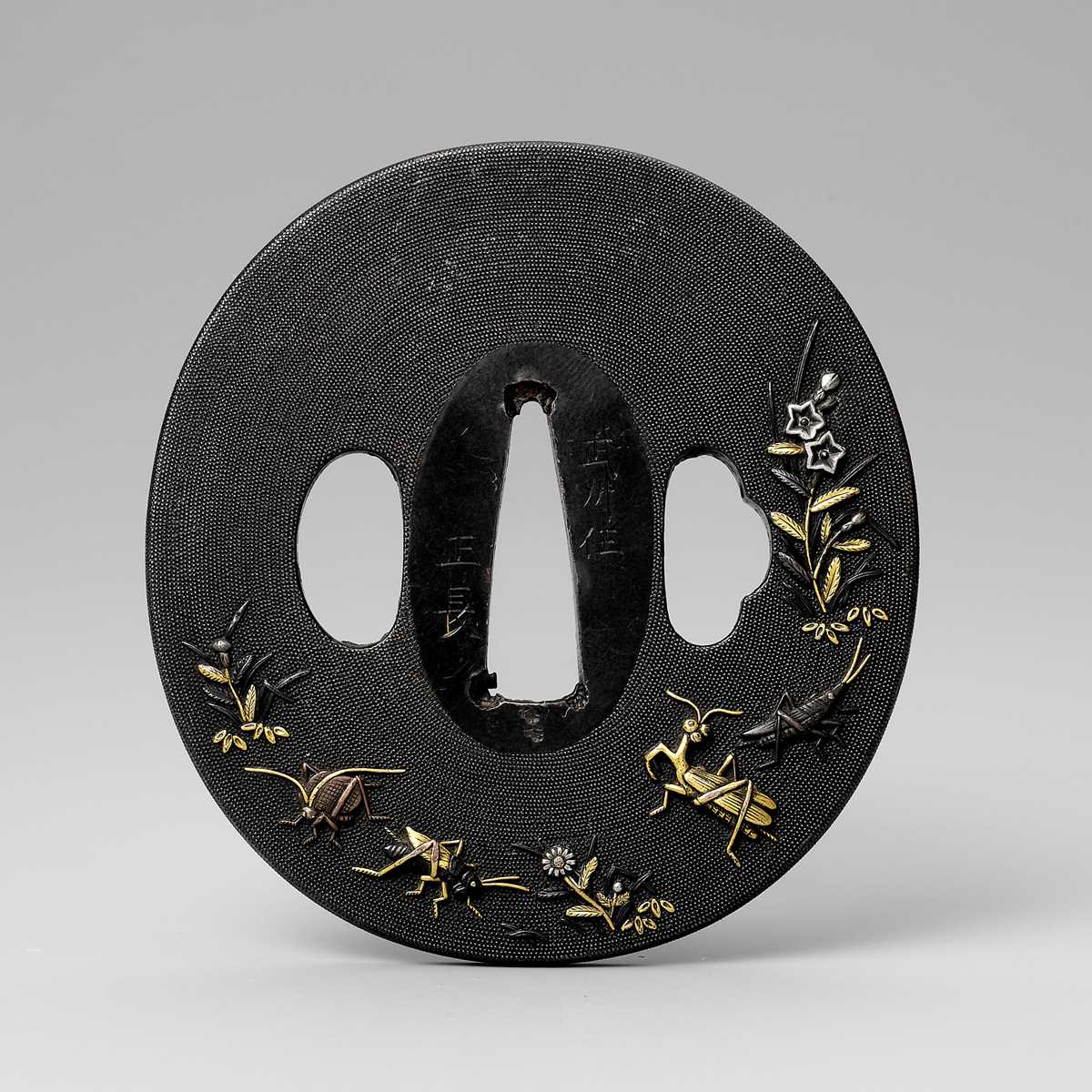
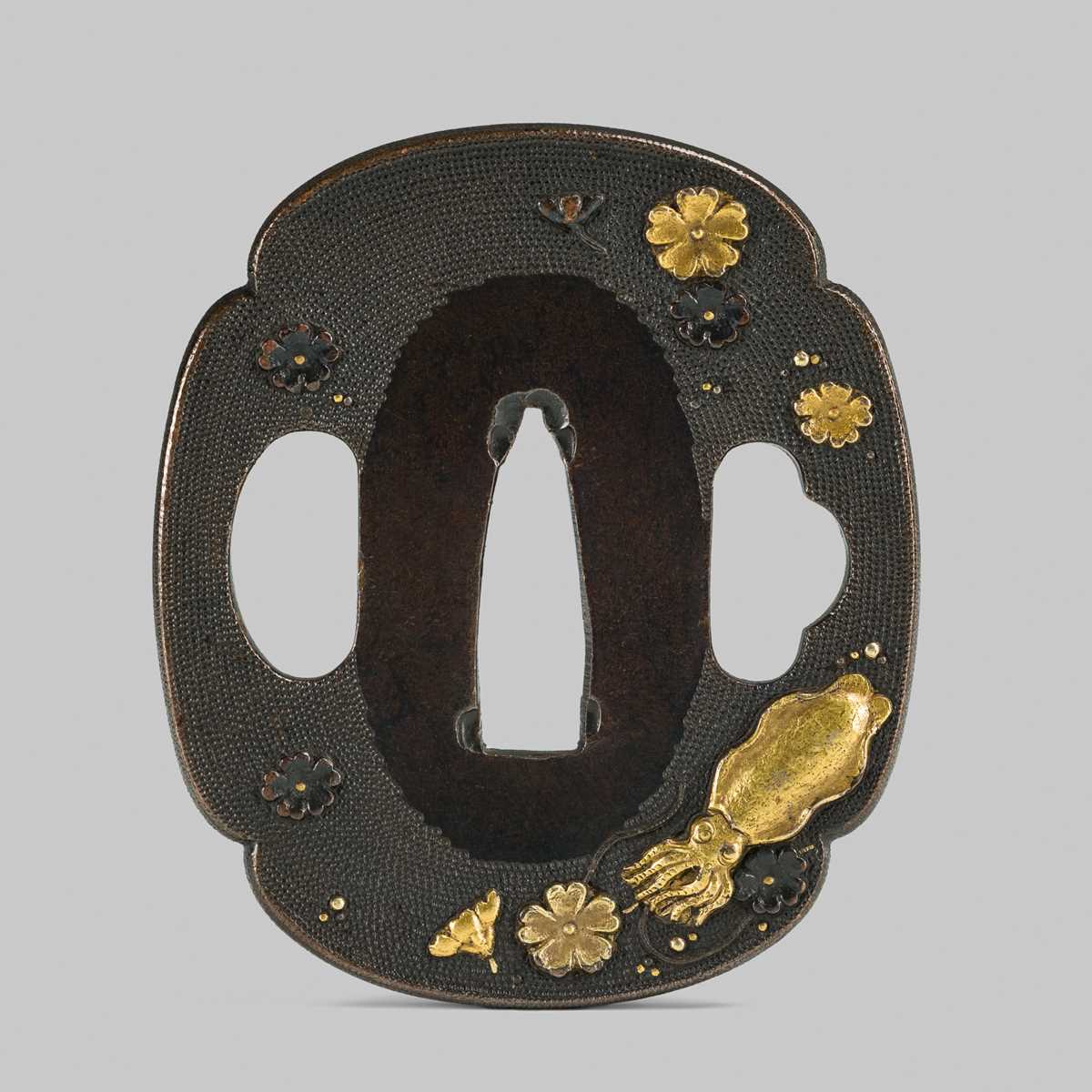
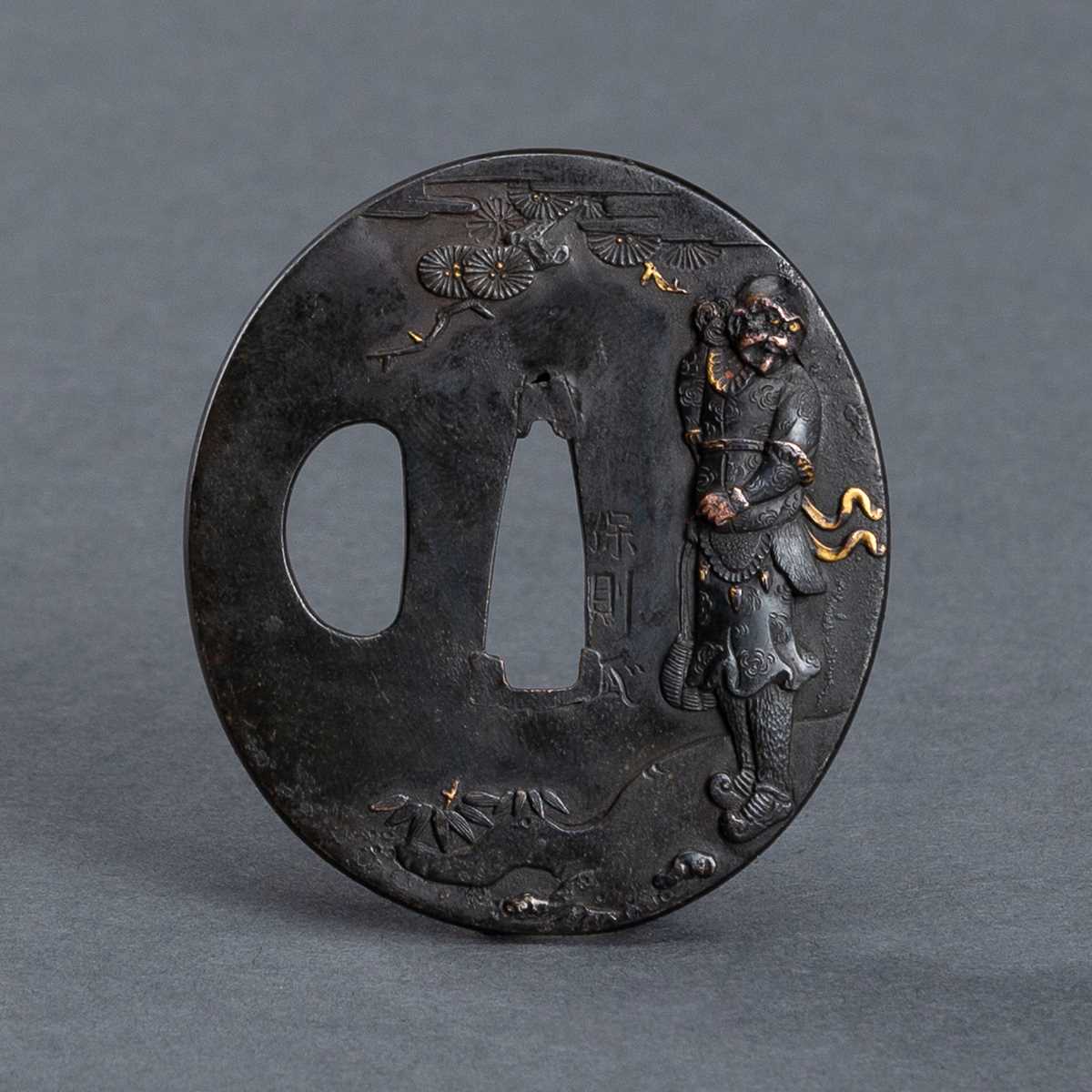
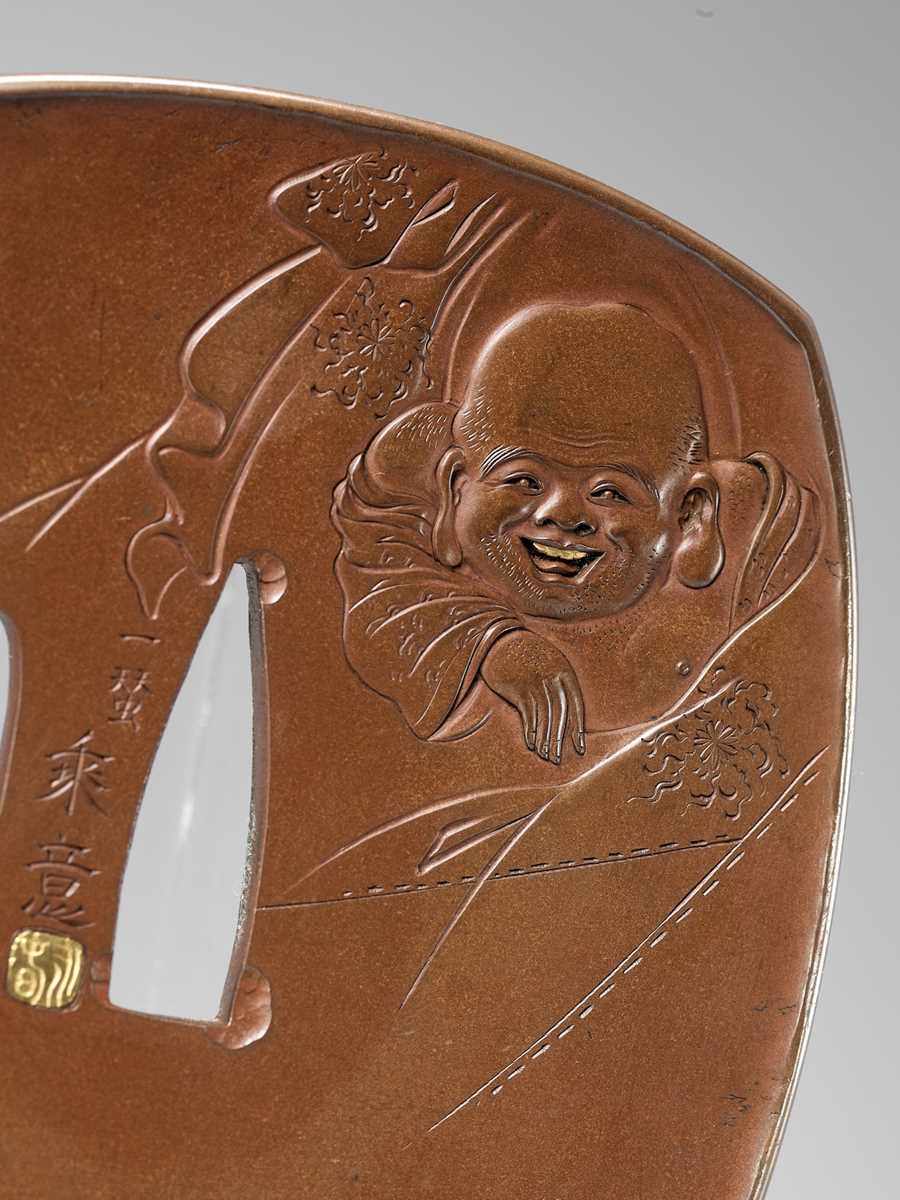
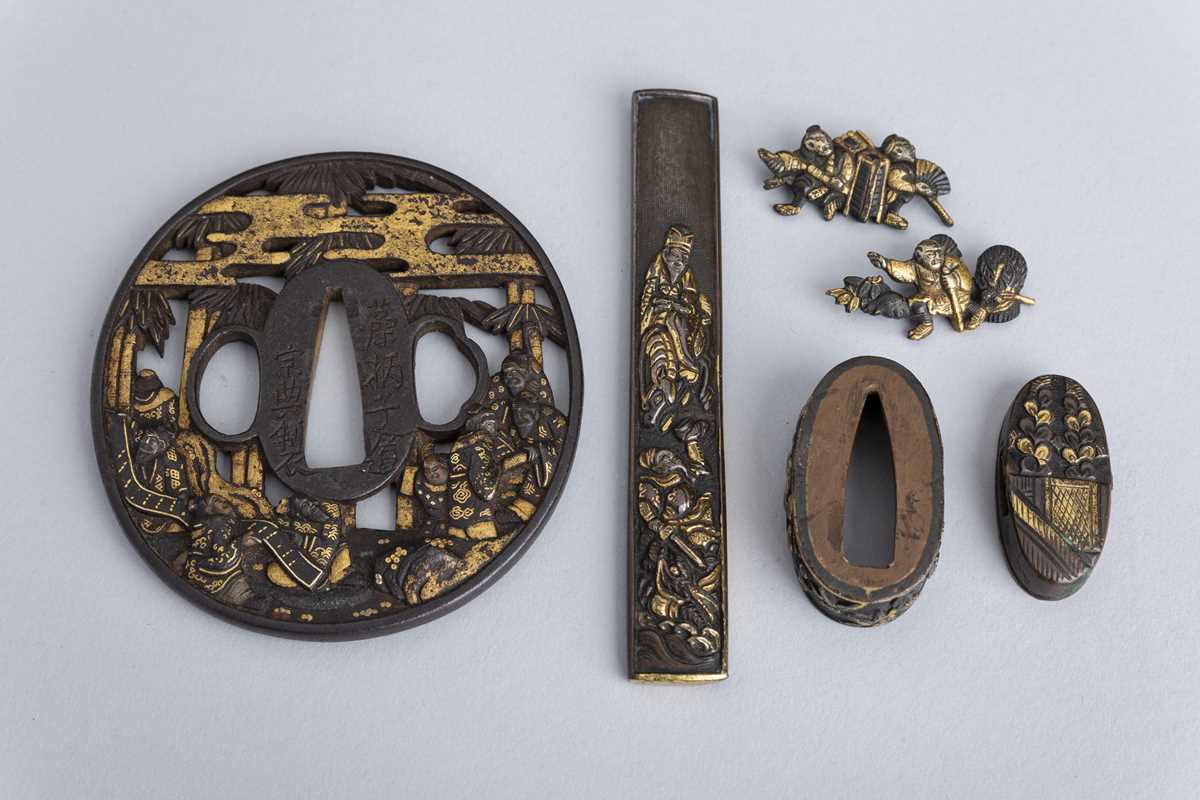
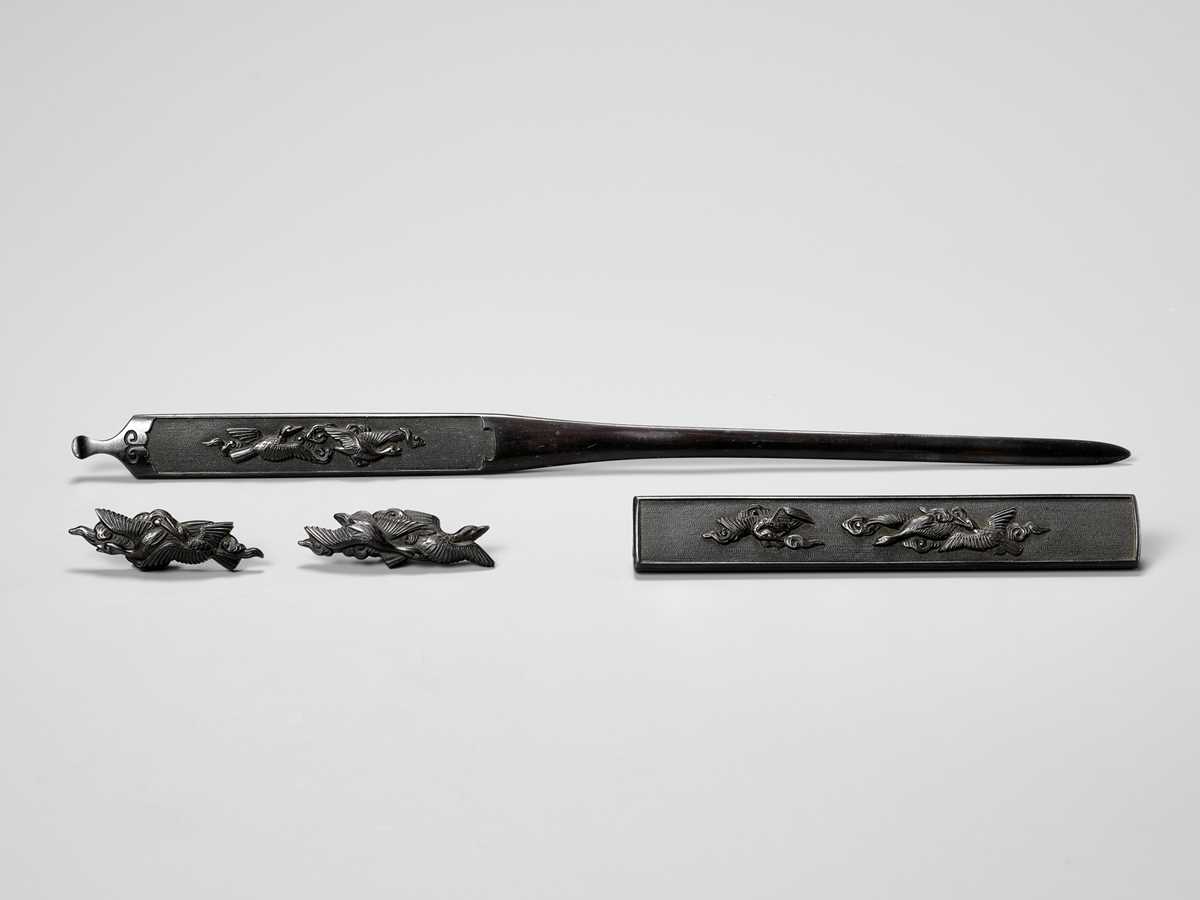
Try LotSearch and its premium features for 7 days - without any costs!
Be notified automatically about new items in upcoming auctions.
Create an alert